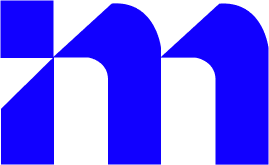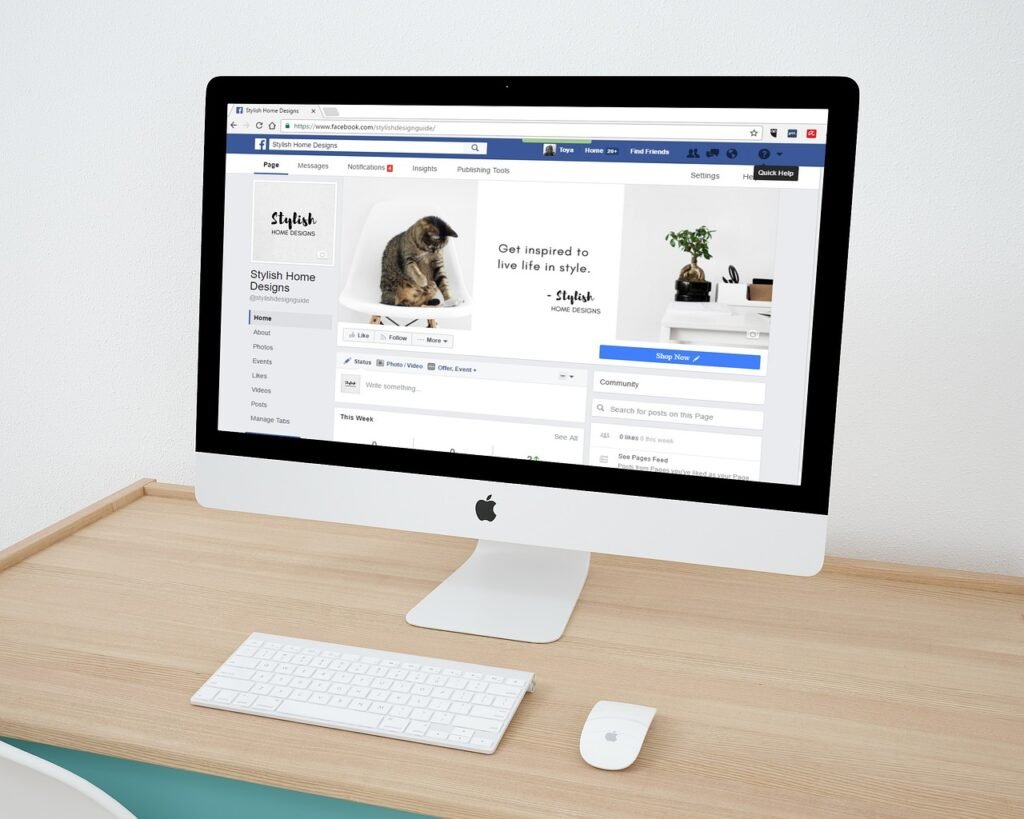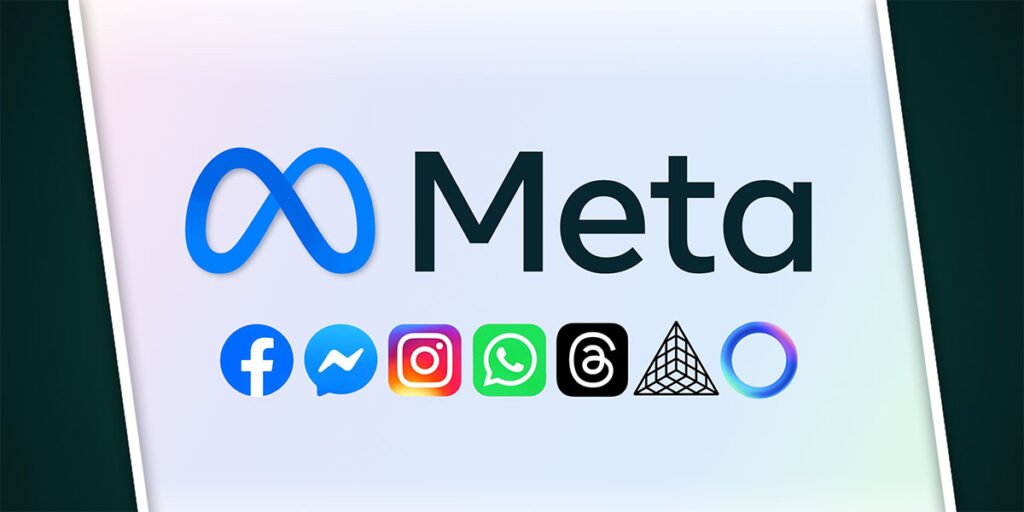Facebook Ads has evolved from a simple promotional tool to a highly intelligent, data-driven advertising powerhouse in the constantly changing world of digital marketing. What started off as straightforward demographic targeting has developed into a sophisticated system that can recognize user intent, patterns of activity, and even minor preferences.
By 2025, accurate audience targeting will not only be advantageous but also necessary due to increased competition and shorter attention spans. Artificial intelligence (AI), which is at the core of this growth, has completely changed how marketers get the right message to the right audience at the right moment.
This essay explores how AI is changing the environment and the major developments in Facebook Ads audience targeting. The latest audience kinds, how to use AI to maximize every ad dollar spent, and how to use core and advanced targeting technologies will all be covered for readers. It is imperative that you become proficient in audience targeting in 2025, regardless of your level of experience.
The Fundamentals of Facebook Ads Learning
Facebook Ads are all about accuracy. The key to a successful campaign is audience targeting, or deciding who will see your advertisement. It’s not enough to simply put your message out there in the congested digital world of today; you also need to make sure the appropriate people see it at the right moment.
Core Targeting Options:
- Demographics: These factors assist you identify your audience, including age, gender, education, work title, and relationship status.
- Interests: Facebook allows you to target users based on their likes and followers, ranging from fashion and fitness to finance and cuisine.
- Behaviors: These provide information on how users behave online and include historical purchase activity, device usage, and travel patterns.
- Location: You can target a country, city, or even a certain area surrounding a map pin. Perfect for regional campaigns or local enterprises.
Types of Audiences:
- Core Audiences: Facebook filters such as demographics, interests, and behavior were used to create core audiences, which are excellent for expanding your network.
- Custom Audiences: Custom Audiences: Developed from your current data, such as email lists, app users, or website visits; useful for remarketing.
- Lookalike Audiences: Lookalike Audiences: Facebook may effectively expand your reach by identifying new people who resemble your greatest clients.
Why Targeting Matters
With so many advertisements vying for viewers’ attention, clever targeting makes sure your message reaches the right people. It increases engagement, lowers wasted ad expenditure, and eventually boosts ROI. Having a strong targeting strategy will provide you a competitive advantage in 2025, when personalization is expected rather than optional.
Limitations of Traditional Targeting Without AI
Although manual audience segmentation may appear simple, it is frequently laborious and ineffective. In order to avoid bad targeting and wasting money, marketers must make educated predictions about user preferences.
Try to look out for the following points:
- Audience overlap is a major issue in traditional ad strategies.
- Repeated exposure to similar ads causes ad fatigue, reducing engagement and increasing costs.
- Overlap occurs when multiple ads target the same user segments.
- Advertisers can no longer rely on pixel-based insights as before.
- Facebook now has a limited ability to track conversions and user activity, making traditional targeting less reliable.
Marketers need to do more than rely on intuition in this new environment. They require predictive modeling, a more intelligent method of foreseeing user behavior and modifying advertisements appropriately. It is almost hard to access this degree of understanding without AI.
How AI is Changing the Game in Facebook Ads Learning
Facebook user targeting has changed as a result of artificial intelligence. AI tools now do the laborious tasks of data analysis, pattern recognition, and real-time decision-making, eliminating the need for human selection of every audience characteristic.
Key features:
Facebook Ads targeting is being revolutionized by AI, which replaces human guesswork with intelligent automation. Machine learning is used by tools like Advantage+ Audiences and Dynamic Ads to pinpoint high-performing users, instantly customize content, and match campaign objectives.
Facebook’s Benefits + Audiences:
This program automatically identifies high-performing user categories by utilizing machine learning. Advantage+ examines enormous volumes of engagement and behavioral data to identify the users most likely to act, as opposed to depending on static demographics or pre-established interest groups.
Goal-Based Optimization for Campaigns:
AI constantly adjusts ad distribution to your unique campaign goals, such as traffic, app installs, or conversions, reducing the need for manual adjustments and allowing for more scalable campaigns.
Ads That Change
These advertisements change in real time according to each user’s activities, interests, and browsing history. Dynamic ads, for instance, can retarget users with tailored product recommendations if they visit a product page but do not buy, significantly boosting relevance and engagement.
Analytical Prediction for Conversion Probability
AI makes predictions rather than just reacting. It makes predictions about which users are most likely to convert based on both historical and current data. This enables advertisers to launch campaigns with a strategic advantage even before real data arrives and to allocate budget more effectively.
Ongoing Education and Development
AI gets better with every interaction. As a result of this feedback loop, aiming gets more precise over time. Your campaigns get more sophisticated and economical the longer you use AI tools.
For instance, by letting the algorithm refine its audience segments, a mid-size e-commerce company that used AI-powered targeting witnessed a 35% decrease in cost per purchase in a matter of weeks.
To put it briefly, AI isn’t merely an improvement; it’s now the main factor behind Facebook advertising success.
Creating AI-Powered Custom and Lookalike Audiences
Personalized and Identical Although audiences have traditionally been effective tools, artificial intelligence elevates them to a new level. You may develop more precise and intent-driven bespoke audiences by utilizing smart data signals, including recent purchases, website behavior, or app activity.
High-quality consumer data is the starting point of the procedure. By uploading clean, comprehensive data sets (such as CRM exports or email lists), Facebook’s AI may use machine learning to target the audience.
You can then build Lookalike Audiences, which are individuals who resemble your best clients in terms of characteristics and behaviors. This isn’t a simple battle, though, because AI is involved. Deeper behavioral patterns are analyzed by AI to identify high-intent prospects that you might not have thought of manually.
Variations of these audiences can be tested and automated using a number of technologies. Advertisers may quickly create numerous versions of Custom or Lookalike Audiences using platforms like Madgicx and Smartly.io, then A/B test them to determine which one performs best.
By eliminating guesswork and increasing campaign potential, artificial intelligence (AI) makes audience building more intelligent, quicker, and scalable.
AI-Driven Ad Creative Personalization for Targeting
Personalization is now essential to successful Facebook advertising; it is no longer optional. Ad creatives may now be incredibly precisely tailored to target micro-audiences thanks to AI.
Facebook’s AI automatically creates headlines, calls-to-action, and picture pairings that best fit each user’s profile through Dynamic Creative Optimization (DCO). You’re providing hundreds of versions that feel personalized rather than just one ad for everyone.
Critical points:
- AI analyzes which creatives perform best for different audience segments.
- It identifies patterns, such as age groups preferring static images over videos.
- Real-time adjustments are made to enhance ad performance based on these insights.
- A feedback loop is created as AI learns and improves as more users engage with ads.
- These insights refine targeting and inform future creative decisions, enabling continuous optimization.
AI increases the likelihood that every impression will result in action by matching ad content to the viewer’s interests, habits, and preferences.
Testing, Learning, and Scaling with AI
The way Facebook advertisers test and scale their campaigns has been revolutionized by AI. AI-powered multivariate testing, which tests several permutations of creatives, headlines, and audience segments at once, has improved traditional A/B testing. AI is quicker than any manual procedure in determining what works and what doesn’t.
However, testing is only the first step. The way AI analyzes performance data is where the true magic happens. It provides practical and frequently unexpected insights by analyzing user behavior, engagement patterns, and conversion rates across thousands of variables.
AI automates budget allocation after winning combinations are found, directing more funds toward high-performing areas and decreasing expenditure on underperforming ones. This guarantees that your advertising budget is constantly operating at its best.
A small firm can, for instance, begin by investing $10 per day in a recently tested demographic. The same audience may be progressively scaled up to $1000/day once AI detects great performance, all while preserving or even increasing the return on ad spend (ROAS).
The continuous, data-driven cycle of testing, learning, and scaling made possible by AI keeps your campaigns optimized and your outcomes increasing.
Best Practices for Mastering Facebook Ads Targeting with AI
Clean, structured data is the first step towards maximizing the benefits of AI-powered targeting. The AI output will be more precise and effective if the input is of higher quality, such as well-structured client lists or well classified website activity.
Key features:
- Continuous learning and adaptation are essential due to frequent changes in Facebook’s algorithms and tools.
- AI is not a standalone solution—it works best when paired with human strategy, creativity, and market understanding.
- Let AI handle data processing while you guide the overall advertising strategy.
- Ethical considerations are crucial as privacy regulations become stricter.
- Advertisers should be transparent about data usage and follow platform policies.
In summary, becoming proficient with Facebook Ads learning using AI requires combining technology with careful planning, learning new things continuously, acting morally, and remaining flexible in a rapidly evolving digital environment.
Common Mistakes and How to Avoid Them
Facebook Ads targeting can go awry even with AI if it is utilized improperly. Over-segmenting audiences into tiny groups is a typical mistake that restricts reach and scatters data too much for AI to learn from. Conversely, spending too much money on low-intent users can result from targeting too broadly without refinement.
Ignoring AI feedback or failing to comprehend what it is saying to you is another mistake. AI provides insightful information, but performance may suffer if you ignore it or interpret the data incorrectly.
Lastly, even though automation is strong, it can backfire if left unchecked. For AI to remain in line with your brand’s objectives and changing strategy, human oversight is necessary. It’s optimizing in the right direction when it’s regularly monitored.
Conclusion
Facebook Ads learning is made smarter by AI, not easier. It helps you reach the right individuals with the right message at the right time by giving your campaigns speed, accuracy, and predictive power. However, AI is not a panacea. To reach its full potential, it still requires your advice, strategic guidance, and creative contribution.
AI is a partner that successful advertising utilize in addition to automation. This calls for ongoing experimentation, data-driven learning, and flexibility. It’s critical to keep current and adaptable because Facebook’s platform and algorithms are always changing.




